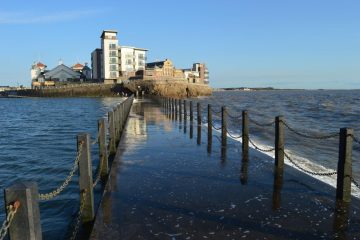Discover the Charms of Curacao: A Caribbean Paradise
Introduction to Curacao
Curacao, the largest island of the Dutch Caribbean, is known for its vibrant culture, rich history, and stunning landscapes. As a popular tourist destination, it attracts visitors with its beautiful beaches, colourful colonial architecture, and diverse marine life. The island’s unique blend of European, African, and Caribbean influences makes it a culturally rich experience, which is particularly important as it fosters tourism and economic growth. Recent developments highlight Curacao’s significance both as a travel destination and as a multi-faceted community.
Cultural Influence and Modern Developments
In recent years, Curacao has increasingly embraced its cultural heritage while promoting modern tourism. The island’s capital, Willemstad, is known for its picturesque waterfront and historic districts, which are currently undergoing renovations to enhance visitor experiences. UNESCO recently recognised the city as a World Heritage Site, reflecting its architectural integrity and historical importance.
Moreover, the island’s annual events, such as the Curacao Carnival and the North Sea Jazz Festival, showcase the vibrant local culture. These festivals attract international visitors, providing an economic boost and promoting cultural exchange. Additionally, events like the curaçao International Film Festival also highlight the island as a nascent hub for art and innovation.
Tourism and Sustainable Development
Tourism plays a vital role in Curacao’s economy, accounting for a significant portion of its GDP. Recent statistics show a substantial increase in tourist arrivals post-pandemic, indicating that Curacao’s beaches, diving spots, and resorts remain highly sought after by travellers worldwide. The government has recognised the necessity of balancing tourism with sustainable environmental practices. Initiatives aimed at protecting marine ecosystems and natural landscapes are being implemented in response to tourist pressures.
In addition, sustainable tourism strategies are being developed, aimed at preserving Curacao’s unique natural attractions, such as the Christoffel National Park and the famous Shete Boka National Park, which are home to diverse wildlife and stunning coastal scenery.
Conclusion
Curacao is more than just a tropical paradise; it represents a confluence of culture, heritage, and modern tourism. As the island continues to develop and attract visitors, it must carefully balance tourism growth with environmental sustainability. Its vibrant culture and stunning landscapes ensure that Curacao will remain a cherished destination in the Caribbean for years to come. With ongoing developments and an eye on sustainability, Curacao is poised to thrive as both a tourist haven and a testament to the rich history that shapes its identity.








